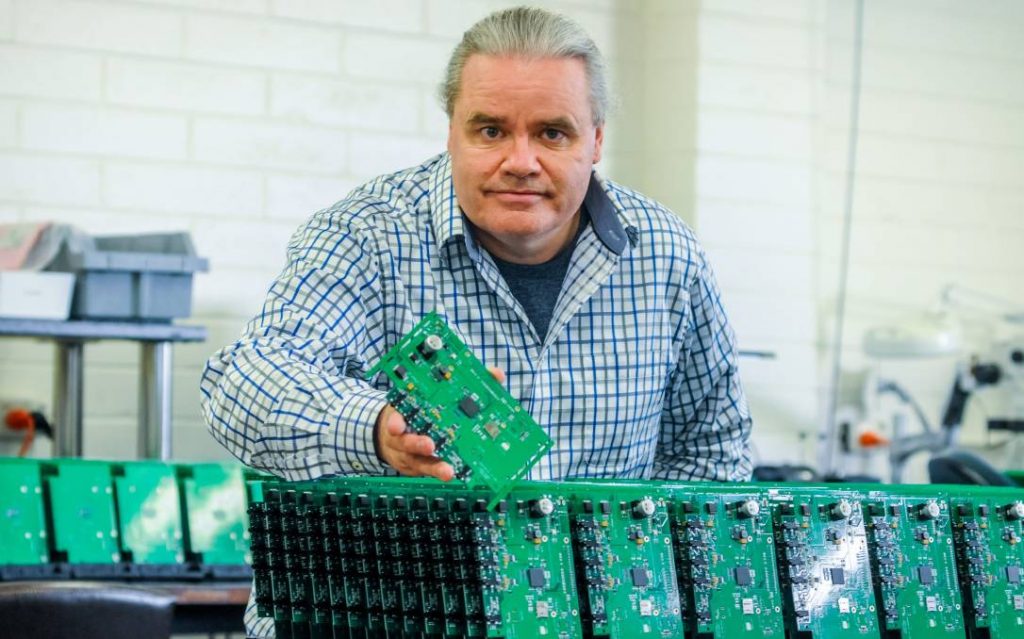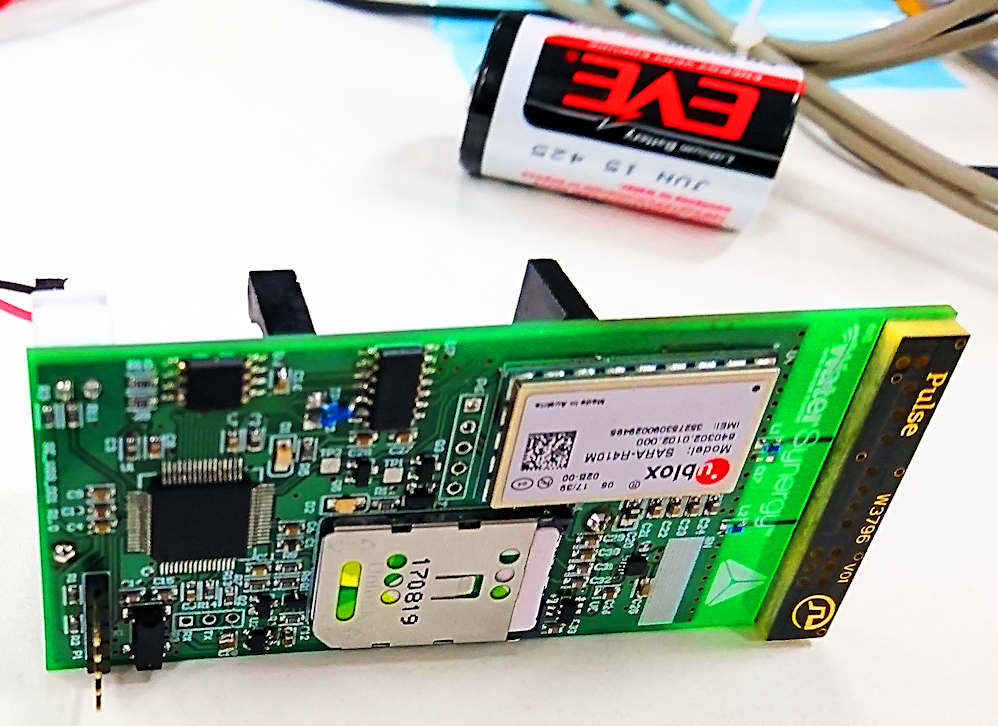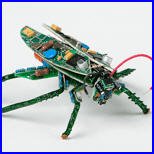Definium Technologies
This post is a shout out to Mike Cruse and the team at Definium Technologies, the latest addition to the Australian Electronics Manufacturing revolution sweeping the country. Based in Launceston, Tasmania, Definium Technologies, have recently been awarded contracts to provide a state wide LoRaWAN network for Tasmania as well as products for the Australian mining industry. So far from struggling, smart manufacturing is growing strongly.

A recent project lead to Definium Technologies manufacturing the new Water Synergy Group Cellular connected smart water meter at a better price than they could get offshore. Their Electronics Product aimed at the Australian market was more cost effective to make locally. So another win for Made in Australia.

And below is an example of what this type of product looks like on the inside.

Beating China at its own game
Australia cannot compete with Asia, and China in particular, in the high volume, low quality, low complexity arena. The combination of lower economic structural costs and low labour costs combined with export subsidies means they can ship low grade, high volume at low prices.
Smart products are an entirely different proposition. And here we can both compete and win. But you have to go about the process the right way. Here is our formula for a successful Made in Australia Electronics Product:
- spend enough on the design so that all stakeholders have a say
- and so there is no production rework
- and you select the right technology to reduce the overall cost
- use tooling to reduce assembly effort
- use automation for programming, test, calibration, serial numbering and tracking
- use Internet of Things communications for field support including device management and preventative maintenance
So this involves ensuring all the stakeholders get involved in the process. In particular, production, service and sales often don’t get enough input in the design. Products can still cost you way after they are sold if you get this wrong. So get the Electronics Design right and you are track for a successful project.
Automated assembly example
The videos below show a pair of chained SMT automated loaders at Definium Technologies. This is a common arrangement to increase throughput. The first machine loads the larger number of smaller components, and the second machine loads the smaller number of large components. These are doing a dry run to confirm the programming is done correctly before the processes is committed to full scale production.
Successful Endeavours specialise in Electronics Design and Embedded Software Development, focusing on products that are intended to be Made In Australia. Ray Keefe has developed market leading electronics products in Australia for more than 30 years.
You can also follow us on LinkedIn, Facebook and Twitter.
This post is Copyright © 2021 Successful Endeavours Pty Ltd.




